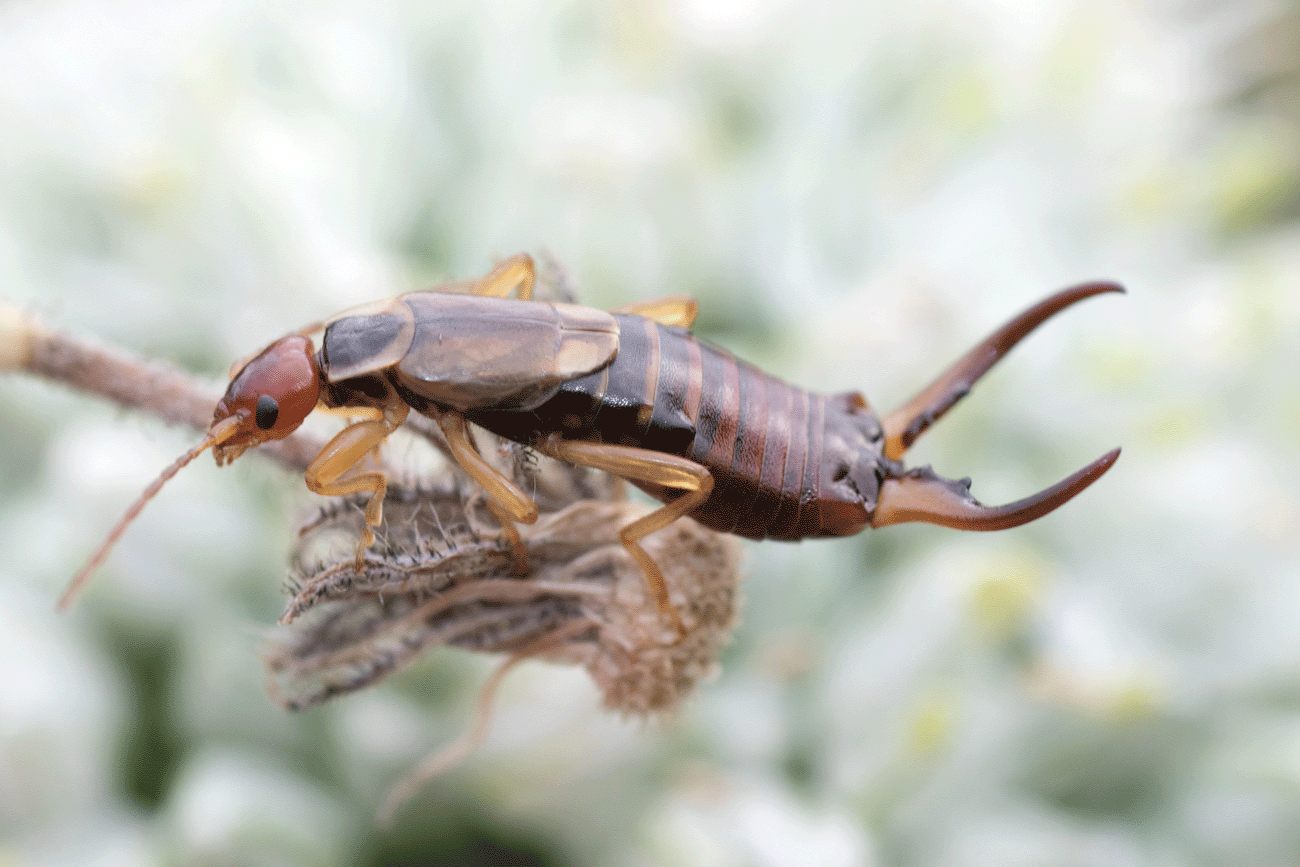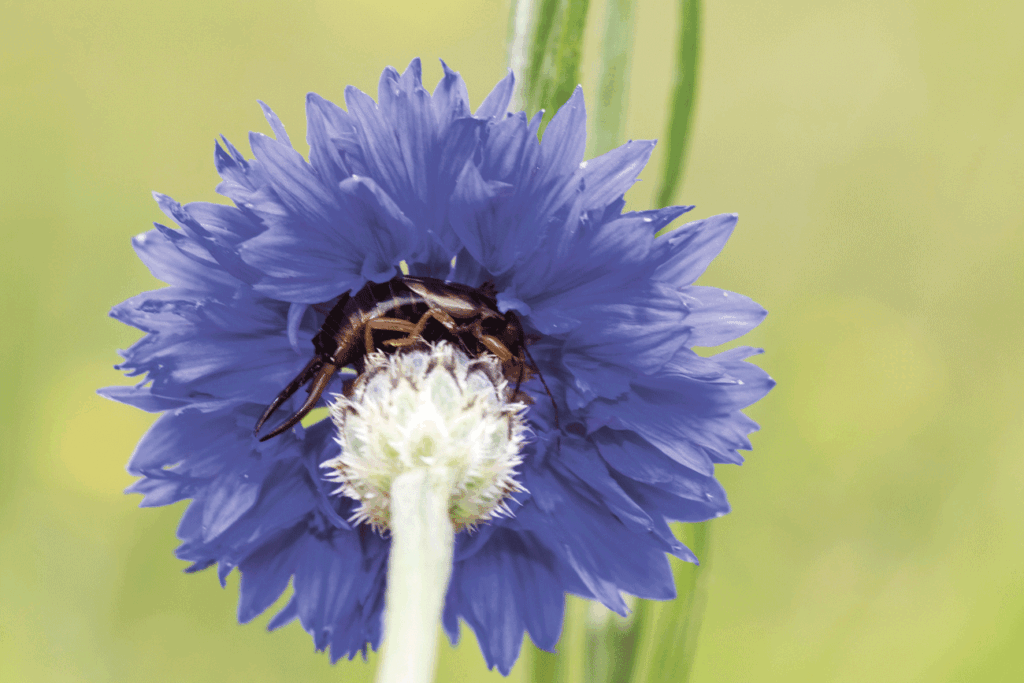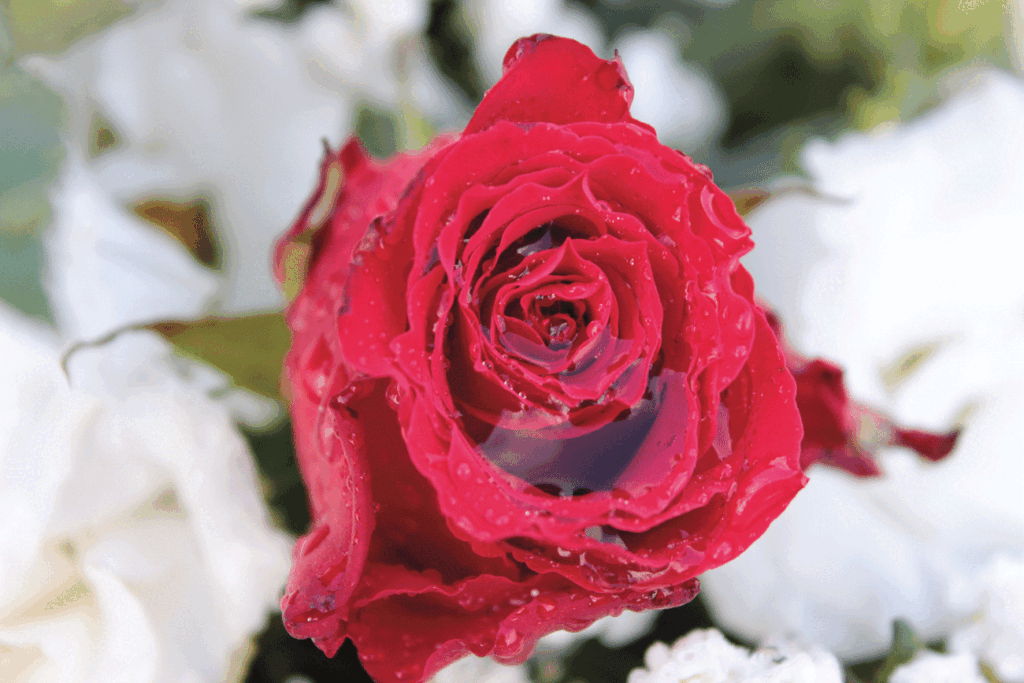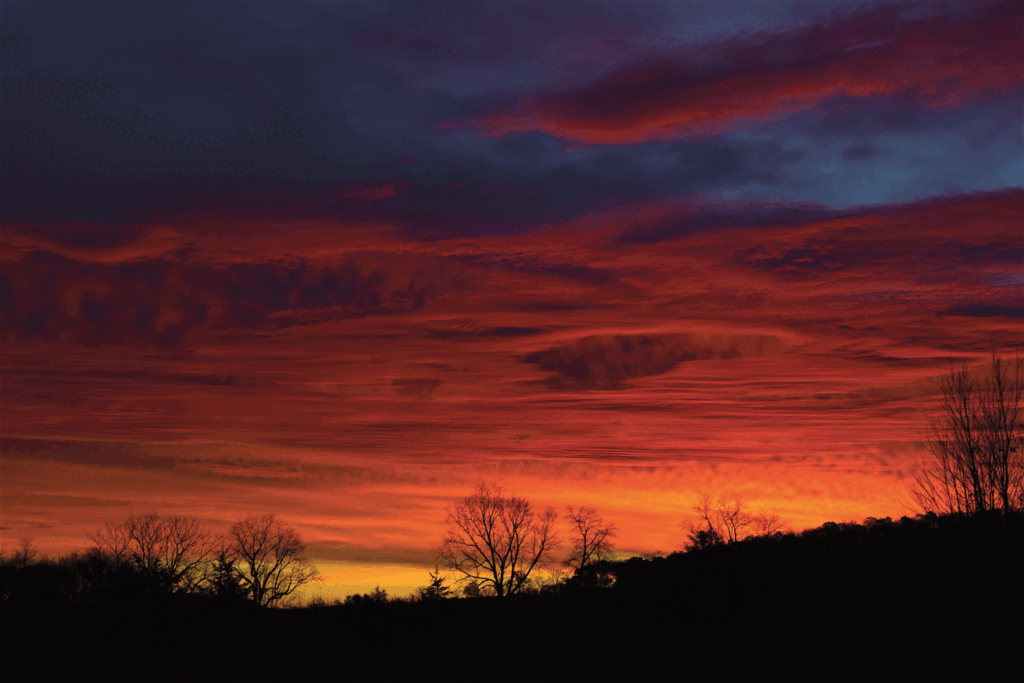
By Miki Marks
Where have all the earwigs gone? One fell out of my bird feeder about a week ago – and it made me think that it was ages since I had seen any. I mentioned this to several friends and they confirm the same. When I worked as a florist in London we routinely shook both the chrysanthemums and the dahlias before we used them and always several of the little creatures fell out and scurried away somewhere, not to be seen again. It could be that earwigs love it damp and humid and we have had, overall, a very dry summer and early autumn.

These little creatures, forficula auricularis are part of the Common Earwig Family. About an inch long with an elongated body, small leathery forewings, semicircular hind wings and the characteristic curved pincers at the tip of the abdomen which they use for offence and defence, making them look like little scorpions. They feed on flower heads, ripe fruit, small invertebrates like aphids and scavenge widely. They are mostly nocturnal, which might explain why they are not commonly sighted. If they were to disappear entirely, who would notice? They are part of the food chain and are preyed on by frogs, toads and birds so their disappearance would probably leave quite a gap.

Their name is curious and comes from old English; earwicga which means ‘ear’ and ‘beetle’. I read in one of my nature books that “there is no truth in the belief that earwigs enter and damage human ears”! Ancestors would stuff cloths in their ears at night to protect themselves from this menace. How did this bizarre belief arise? Also, ‘To earwig’ meant an attempt to influence a person by private insinuation. The meaning changed and ‘to earwig’ was used to describe a whispering busybody and now is used to mean eavesdropping.

Last month, I wrote about the pleasures that rain can give the senses. One summer evening, years ago, my friend Gill and I were at a Loseley drinks party. We were in their lovely rose garden, and there had just been a shower of rain. We remembered an article by Monty Don urging us all to keep all our senses alert when interacting with nature and he had suggested that rainwater drunk from a rose was delicious. We tried it, and it was. And that was the experience I must have been remembering when I drank the water I collected overnight in my garden recently. It was not a pleasant experience and not to be repeated.
The Surrey Wildlife Trust directed me towards research being done in various places including the University of Surrey. They were looking into the feasibility of harvesting rain water for drinking purposes. The conclusion was that even in semi rural areas the rain water is polluted and is not drinkable without being filtered.

One early morning recently I looked out the window and saw the most beautiful gold and red sunrise. ‘Red sky in the morning is shepherd’s warning’, I thought. All day I bore that in mind, but it proved a false prophesy. We are experiencing more unpredictable weather and I wondered if by sheer observation we could make predictions. Here are four tips which were published recently in the Sunday Times.
1. There seems to be some scientific reason for the old saying ‘Red sky at night, shepherd’s delight’. A red sky at sunset means that the sky is clear to the west, allowing the sun’s light through. As the weather in Britain normally arrives from the west, a red sky is an indicator that the short term forecast is good.
2. Be aware of the direction of the wind. One of the most reliable signs that there is going to be a weather change is the wind blowing from a different direction – which precedes a new weather front.
3. Look at the night sky. Stars twinkle when the light they emit is disrupted on reaching Earth’s atmosphere. Moisture in the air can cause this disruption and is indicative of rain coming. Still stars can also signal that frost is on the way.
4. Look at the clouds. The more types of clouds you see, the more likely it is that the weather is unstable. Puffy cumulus getting bigger and darker indicate squalls on the way. Whispy high clouds are a sign of fair weather.











